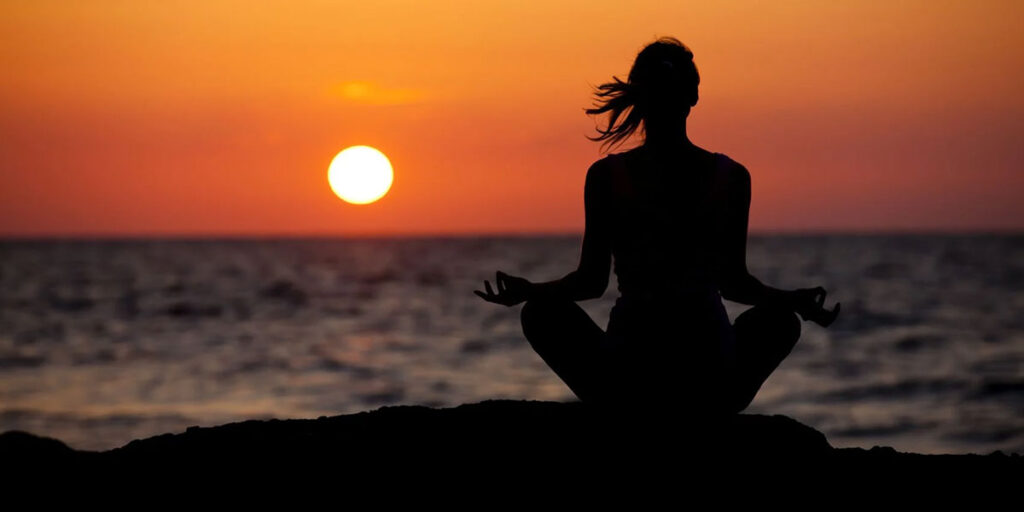30.05.2023 / Leave a Comment
Yoga is a practice that embraces the idea of making the poses work for you and your body. However, sometimes certain poses can feel challenging or inaccessible due to limited flexibility or strength. This is where yoga blocks come in handy. Yoga blocks are versatile props that can assist in modifying poses and making them more accessible for practitioners of all levels. In this article, we will explore the benefits of using yoga blocks and how they can enhance your yoga practice.
The Role of Yoga Blocks
Yoga blocks are typically made of foam, cork, or wood and come in different sizes and shapes. They provide stability, support, and extension, allowing you to adapt various poses to your individual needs. Here are some key benefits of using yoga blocks:
1. Increased Stability
Yoga blocks provide a stable foundation, especially for poses that require balance or weight-bearing on the hands. Placing your hands on the blocks instead of the floor can increase stability and confidence, allowing you to focus on alignment and proper engagement of the muscles.
2. Improved Alignment
Using yoga blocks can help you achieve proper alignment in poses where flexibility or range of motion is limited. By placing blocks under your hands, feet, or hips, you can adjust the height or distance to accommodate your body’s needs. This allows you to maintain correct alignment and experience the benefits of the pose without compromising your form.
3. Deepened Stretch
Yoga blocks can assist in deepening stretches by providing additional height or support. For example, in seated forward folds, placing a block on your thighs can help you reach forward while maintaining a long spine. This enables you to engage the appropriate muscles and experience a more effective and comfortable stretch.
4. Gradual Progression
Yoga blocks can be used to gradually progress into more challenging poses. For instance, if you are working on a full split (Hanumanasana), you can start by using blocks under your front leg for support. As your flexibility improves over time, you can gradually lower the height of the blocks until you can comfortably perform the pose without them.
5. Accessibility for Everyone
One of the beautiful aspects of yoga is its inclusivity. Yoga blocks make poses more accessible for practitioners of all levels, including beginners, individuals with limited mobility, or those recovering from injuries. They provide support and adaptability that allow individuals to experience the benefits of yoga without feeling discouraged or overwhelmed. By using yoga blocks, you can modify poses to suit your unique needs and gradually build strength, flexibility, and confidence in your practice.
How to Incorporate Yoga Blocks into Your Practice
Here are some common ways to use yoga blocks to modify poses and make them more accessible:
1. Standing Poses
In standing poses such as Triangle Pose (Trikonasana) or Warrior II (Virabhadrasana II), place a yoga block on the floor next to your front foot. Rest your hand on the block for added stability and to help maintain proper alignment. This modification can be particularly helpful if you have tight hamstrings or struggle with balance.
2. Seated Poses
During seated poses like Seated Forward Fold (Paschimottanasana) or Bound Angle Pose (Baddha Konasana), position a yoga block on your thighs. As you fold forward, rest your hands on the block to support your upper body and prevent rounding of the spine. Gradually, you can lower the block or use a smaller block as your flexibility improves.
3. Backbends
For backbending poses like Bridge Pose (Setu Bandhasana) or Camel Pose (Ustrasana), place a yoga block horizontally between your shoulder blades. This provides support and encourages an open chest and extended spine. Adjust the height of the block to find a comfortable position that allows you to maintain proper alignment and avoid strain.
4. Balance Poses
In balance poses such as Tree Pose (Vrksasana) or Half Moon Pose (Ardha Chandrasana), use a yoga block to assist with stability. For example, place a block against a wall and position your hand on it while balancing on one leg. This can help you find your center of gravity and build confidence in your balance.
5. Restorative Poses
In restorative poses like Supported Child’s Pose (Balasana) or Supported Fish Pose (Matsyasana), utilize yoga blocks to create support and relaxation. For instance, place a block underneath your forehead or chest to elevate and support the upper body while allowing for a gentle release of tension in the spine and shoulders.
Choosing the Right Yoga Blocks
When selecting yoga blocks, consider the following factors:
1. Material
Yoga blocks are commonly made of foam, cork, or wood. Foam blocks are lightweight and provide cushioning, making them suitable for beginners. Cork blocks are more durable and offer a firm support, while wooden blocks are sturdy and environmentally friendly. Choose the material that best suits your preferences and needs.
2. Size
Yoga blocks come in various sizes, including small, medium, and large. The size you choose depends on your comfort and the level of support you require. Beginners may find larger blocks more accessible, while individuals with smaller hands may prefer smaller blocks for a better grip.
3. Quantity
Consider purchasing a set of two yoga blocks to have versatility in your practice. Having two blocks allows for symmetrical support in poses and enables you to explore a wider range of modifications.
Conclusion
Yoga blocks are valuable tools that can enhance your yoga practice by making poses more accessible, adaptable, and beneficial. They provide stability, support, and extension, allowing you to modify poses according to your unique needs and abilities. Whether you are a beginner, recovering from an injury, or simply looking to deepen your practice, incorporating yoga blocks can help you experience the benefits of yoga while building strength, flexibility, and confidence.
If you’re interested in learning more about yoga props and how to incorporate them into your practice, visit our blog. We offer a variety of resources and tips to help you make the most of your yoga journey.
.
Discover Seatwith, a German native D2C brand born to promote sustainable fitness, body and mental health. We offer a range of products for sport, outdoors, and home office, carefully crafted with your comfort in mind. Our brand is all about the ultimate lifestyle experience, helping you live your best life. Check out our collection today and start your journey towards a happier, healthier you!



